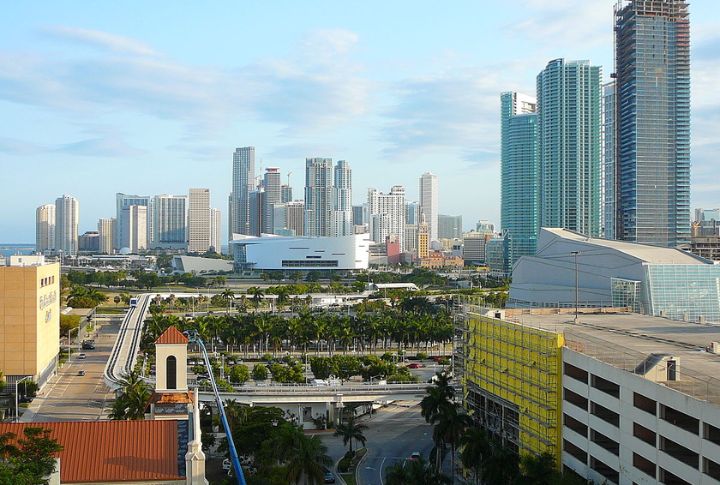
Temperatures are rising, and some states are feeling more heat than others. Scorching records, strained power grids, and relentless humidity make summers more challenging. As climate patterns shift, residents in key regions are facing new challenges. Let’s take a closer look at the 10 states hit hardest by temperature spikes.
Arizona

Phoenix’s scorching summers continue to break records. In 2024, the city endured 70 days at or above 110°F, surpassing previous highs. Long-term forecasts warn of worsening heat stress. Staying hydrated and avoiding peak hours is highly advised if you live here
Texas

Texas remains gripped by relentless triple-digit temperatures, a defining feature of its scorching summers. In January 2024, ERCOT issued its second conservation appeal as extreme weather continued to strain the power grid. With climate change intensifying heat waves, the risks to infrastructure remain a growing concern.
California

Wildfires aren’t the only consequence of California’s rising heat. Sacramento endured its hottest summer in 2024, with 20 days of extreme heat from June into July. This record-breaking temperature jeopardized crops, water supplies, and human health, reinforcing concerns that the Golden State is warming faster than many other regions.
Nevada

In July 2024, Las Vegas hit a staggering 120°F—its highest temperature on record. That kind of heat isn’t just uncomfortable; it reshapes daily routines across Nevada. With triple-digit days becoming more common, shade structures and public cooling stations have turned into essentials, not extras, for both locals and tourists.
Florida

Humidity magnifies Florida’s already high temperatures, making outdoor activities dangerous. Escalating temperatures intensify heat-related illnesses and place additional strain on energy demands. Consequently, warming ocean waters make the air muggier, worsening heat stress.
Louisiana

Louisiana is swampy and sizzling, and heat waves last longer than ever. In August 2024, Baton Rouge recorded multiple days exceeding 100°F, with heat indexes soaring past 110°F. The state’s aging infrastructure also struggles under extreme conditions, forcing residents to rethink cooling solutions and emergency preparedness.
New Mexico

June 2024 marked New Mexico’s hottest month ever, pushing temperatures high enough to trigger a statewide public health response. An extreme heat summit followed, where experts tackled the growing risks. Prolonged exposure brought everything from dizziness and heavy sweating to life-threatening issues like confusion and organ failure.
Georgia

Atlanta’s record-breaking average of 66.2°F in 2024 confirmed what many in Georgia already felt—the heat is getting serious. Wildlife is shifting ranges or adjusting behaviors to cope, while urban areas turn into heat islands. Staying cool now means more than comfort. It’s a survival strategy.
South Carolina

Heat now shapes daily life across South Carolina, especially along the coast. A new forecast tool by the National Weather Service gauges heat severity and its health risks. With La Nina expected to raise temperatures further, 2024’s record warmth signals a growing crisis, pressuring power grids, harming crops, and endangering public health.
Mississippi

In Mississippi, rising nighttime heat offers little escape as wave after wave of extreme temperatures grows longer each year. Research links this intensifying trend to climate change. The Mississippi Delta suffers most, especially among low-income and Black residents.
